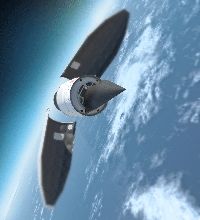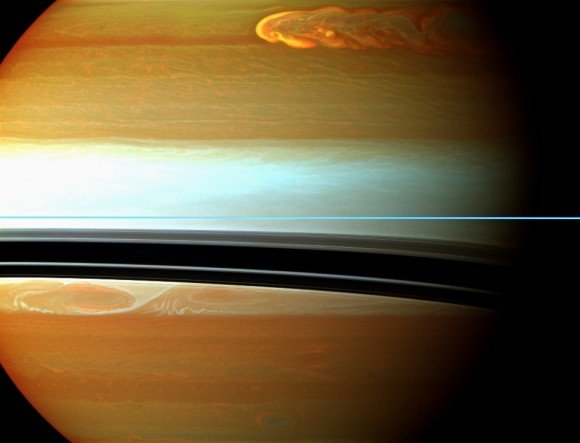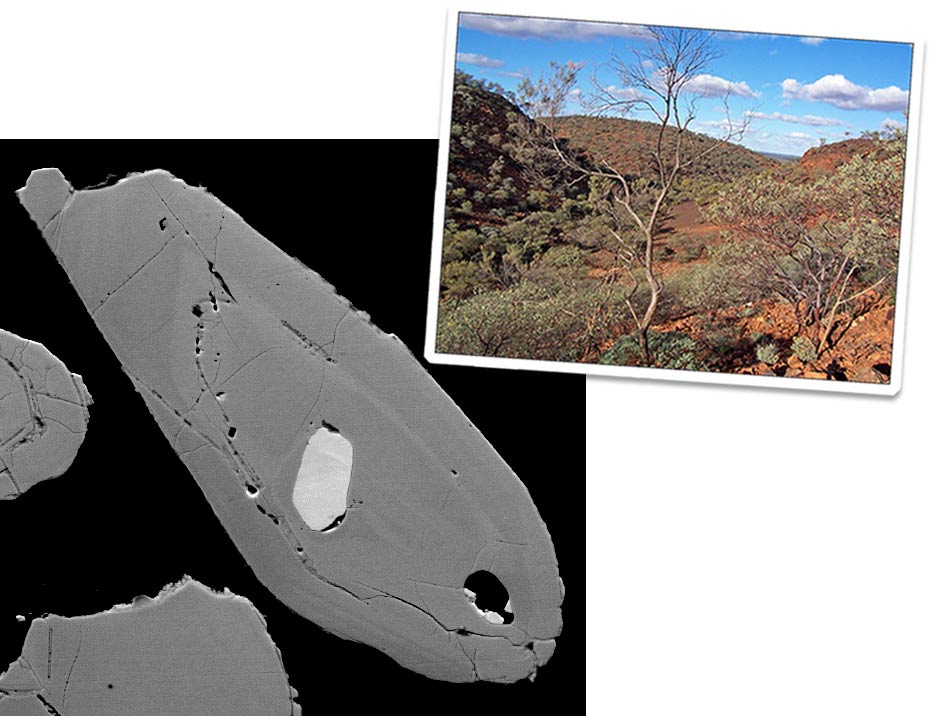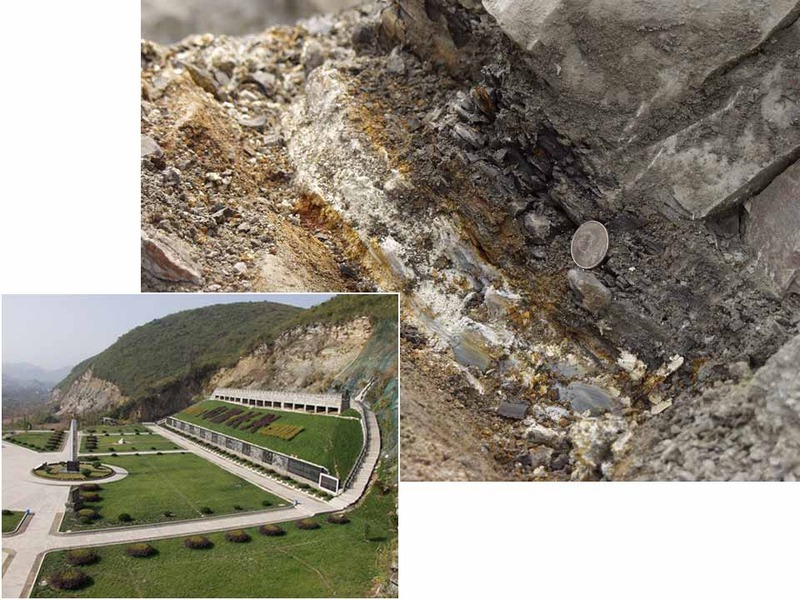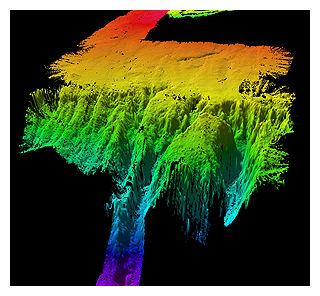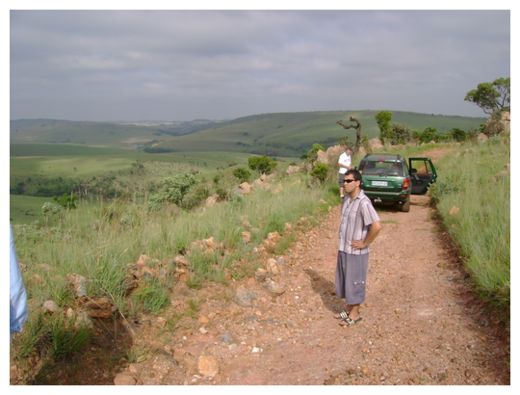
But, as is often the case with science, they found something unexpected, a novel insight into the social behavior of our earliest human ancestors. It turns out that the males of two bipedal hominid species that roamed the South African savannah more than a million years ago were the stay-at-home types, compared to the wandering females, who went off on their own, leaving the men behind.
This surprising finding may not necessarily be an indication of early human feminist leanings, nor a declaration of female independence - although it might be, said lead researcher Sandi Copeland, visiting assistant professor at the University of Colorado, Denver, who also is affiliated with the Max Plank Institute for Evolutionary Anthropology in Leipzig, Germany.
